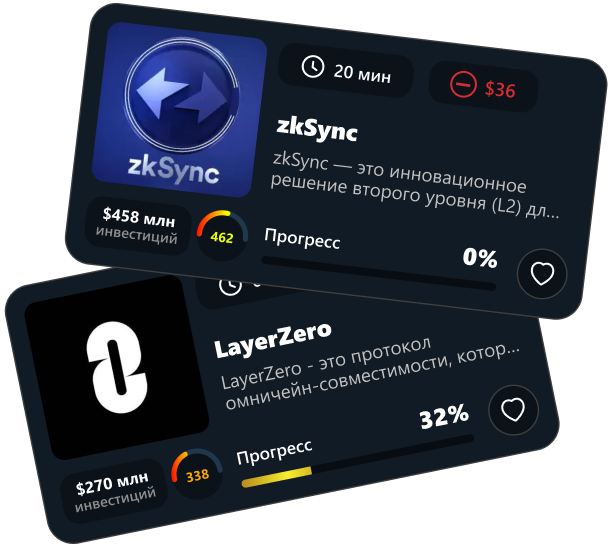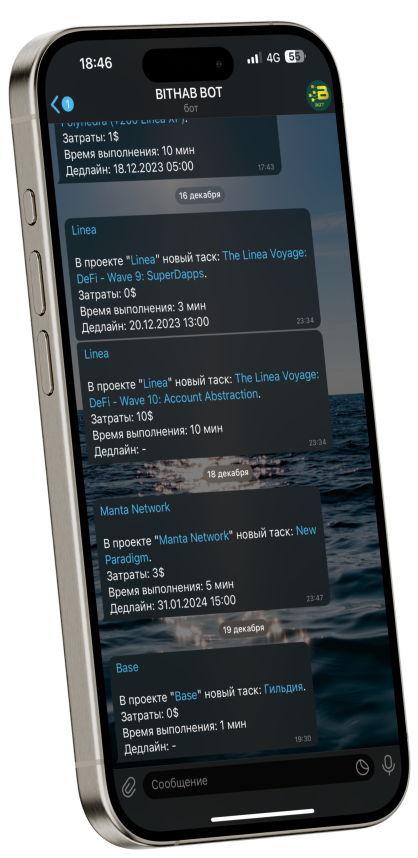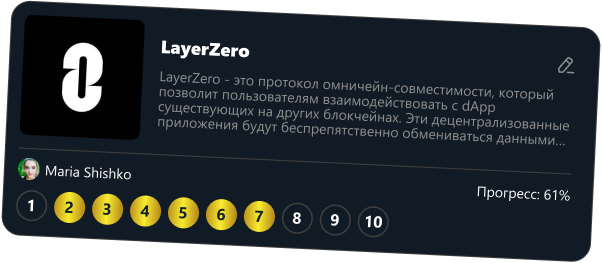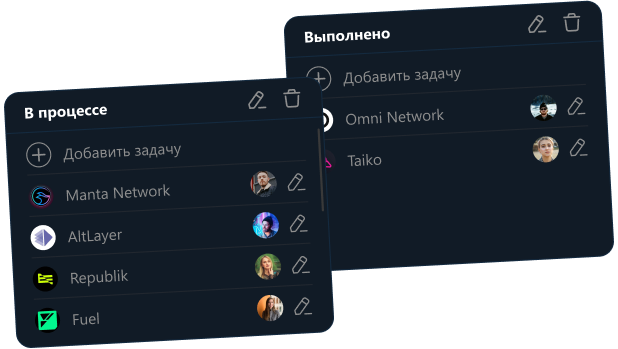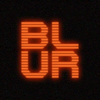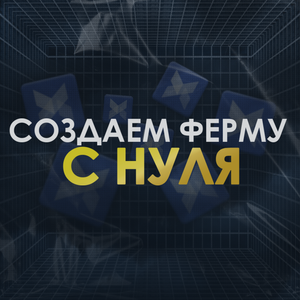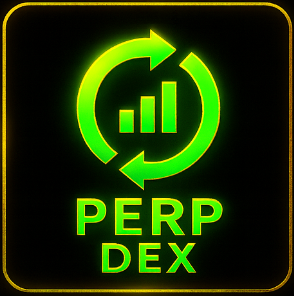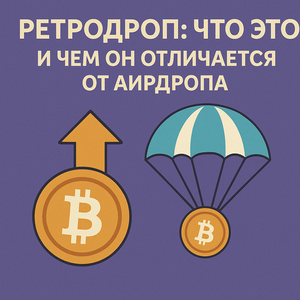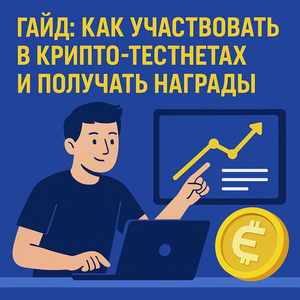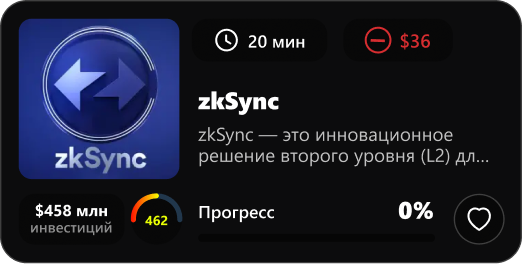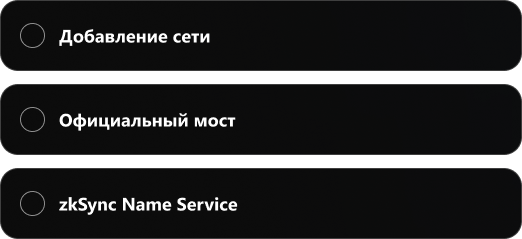100 answers for beginners
Answers to frequently asked questions-
Where can I learn about the platform's functionality and settings?
You can study the complete instructions by following the link.
-
How often are retro drops and testnets updated in Drop Guide?
All projects posted on the platform are current and active. Non-current projects or projects that have already distributed rewards are removed from the platform. Tasks with deadlines in the guides are automatically hidden. You can start any project. All tasks in the guides are posted after being checked for relevance and legitimacy. The team provides all information but does not emphasize the choice of specific activities. The choice of strategy is your responsibility, as well as the results you achieve.
-
How to choose a project?
For convenient project selection, you can use your own strategy based on the project's technologies, market demand for them, investments, investors, Twitter score, cost of implementation, time expenditures, project team, and more. The choice of a project is your subjective decision, based on your strategy and experience. The BITHAB team may post their selection in the official Telegram channel @bithab1, but it is not universally accepted or guaranteed to be correct. Also, top projects recommended for work are placed in a separate TOP section.
-
How to understand what to prioritize in a project?
DYOR (Do Your Own Research). Conducting your own research helps participants avoid fraud and incorrect actions, ensuring a more conscious and confident approach to drop hunting. We recommend studying the project when creating a personal project execution strategy. Considering the project's technology, you can create a portrait of the client's target audience, in whose reward the project will be interested. For example, if the project is related to liquidity, it will reward participants who provided liquidity, not those who received free NFTs.
-
How much will I earn from a testnet or retro drop? How to calculate it? How do I know I will be rewarded?
Completing a testnet or retro drop does not guarantee any rewards. Projects often announce rewarding events, but no one knows the exact criteria for selecting participants who will receive a reward. Therefore, a conscious analysis and active participation in the activity increase your chances of a reward compared to users who perform tasks irregularly and inefficiently from the project's perspective. You can also analyze the investments and rewards of past projects and draw certain conclusions. You can do this on the bithab.net homepage.
-
How often should I engage in testnets and retro drops?
Considering the high competition, users should understand that the higher their activity in the project, the higher they are on the leaderboard. This affects the actual reward, if any is provided.
-
Completed all tasks in the guide. What to do next?
Subscribe to the project and enable notifications to stay updated on all new events that will be added to the guide. You can do this by following the instructions on YouTube.
-
Where will the rewards be sent?
Information about rewards and how to receive them will be provided in specific tasks within the project guide.
-
How quickly will I see a return on my investment?
No project announces specific rewards in advance. Therefore, it is impossible to calculate the profitability and return on investment beforehand.
-
The faucet or some other function in the testnet is not working. What should I do?
Running a testnet involves testing the project, which means finding bugs and refining the working mechanisms. Non-functional features are normal at this stage of project development. Testers contribute to development, for which they may or may not receive rewards. If any function outlined in the guide is not working, you should contact the official Discord via the link provided in the guide to find out what the issue is. Direct communication with the developers in Discord is much more effective and faster than searching for answers in community chats.
-
Red Flags - How to Quickly Filter Out Testnets with a Very Low Probability of Distribution? A project may "not distribute" for several reasons:
-
- No planned distribution, or it is so insignificant that it makes no sense for the user.
- Distribution will be carried out according to strict unknown criteria, which are extremely difficult to guess. The team acts this way when it selects the necessary number of participants for the drop and simultaneously distributes to their own wallets.
- The project has been abandoned or closed. Therefore, red flags are: closed tokenomics with an unknown distribution pool for the community, long and old testnet with dozens of different activities, large shilling of the project by CIS communities (buying ads), emphasis on the referral system more than on the technology and native user engagement, the project is "stuck in development."
-
Should I Rely on the Synchronizer in Anty for Routine Tasks like Transactions or Swaps? Have There Been Cases Where Accounts Didn't Pass Because of This? We are not aware of such cases. It's better not to overuse it, as many systems detect repetitive actions. Therefore, it's better to dilute them with manual interactions or synchronize fewer accounts. There have been no "razors" for swaps through the synchronizer yet. If it's more convenient for you and it affects your productivity, it's worth allocating part of the accounts for synchronization and continue abusing it.
-
When Performing Testnets, Is It Important to Send Test Tokens to Different Addresses or Can You Use One Address? Of course, to different addresses. And preferably not to your own accounts, so as not to link them.
- Leave your question at the link - and we will gladly answer it in the article.


